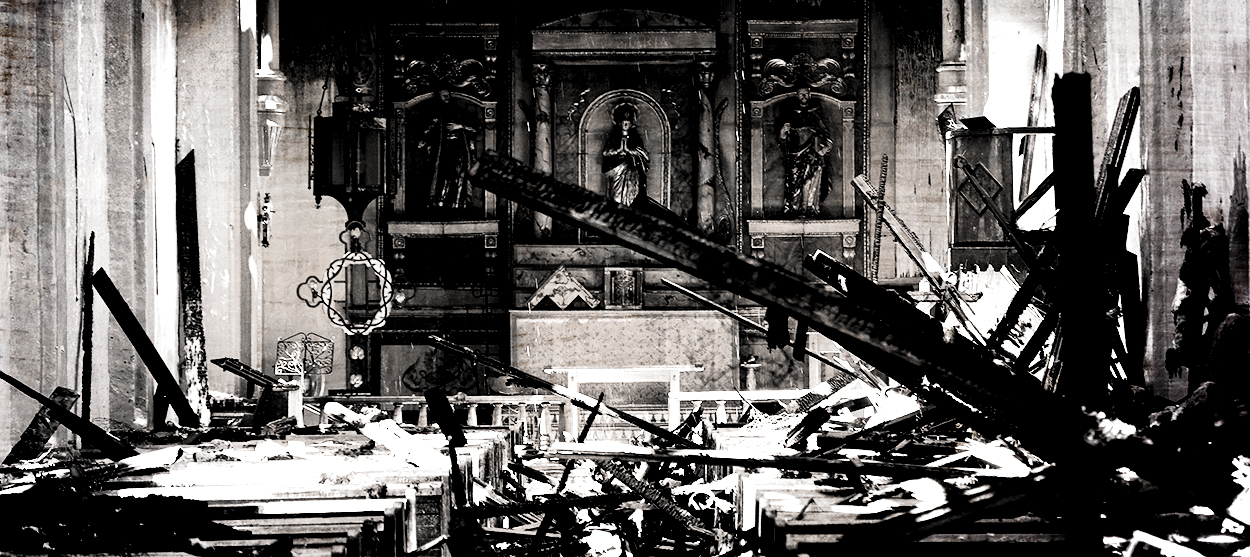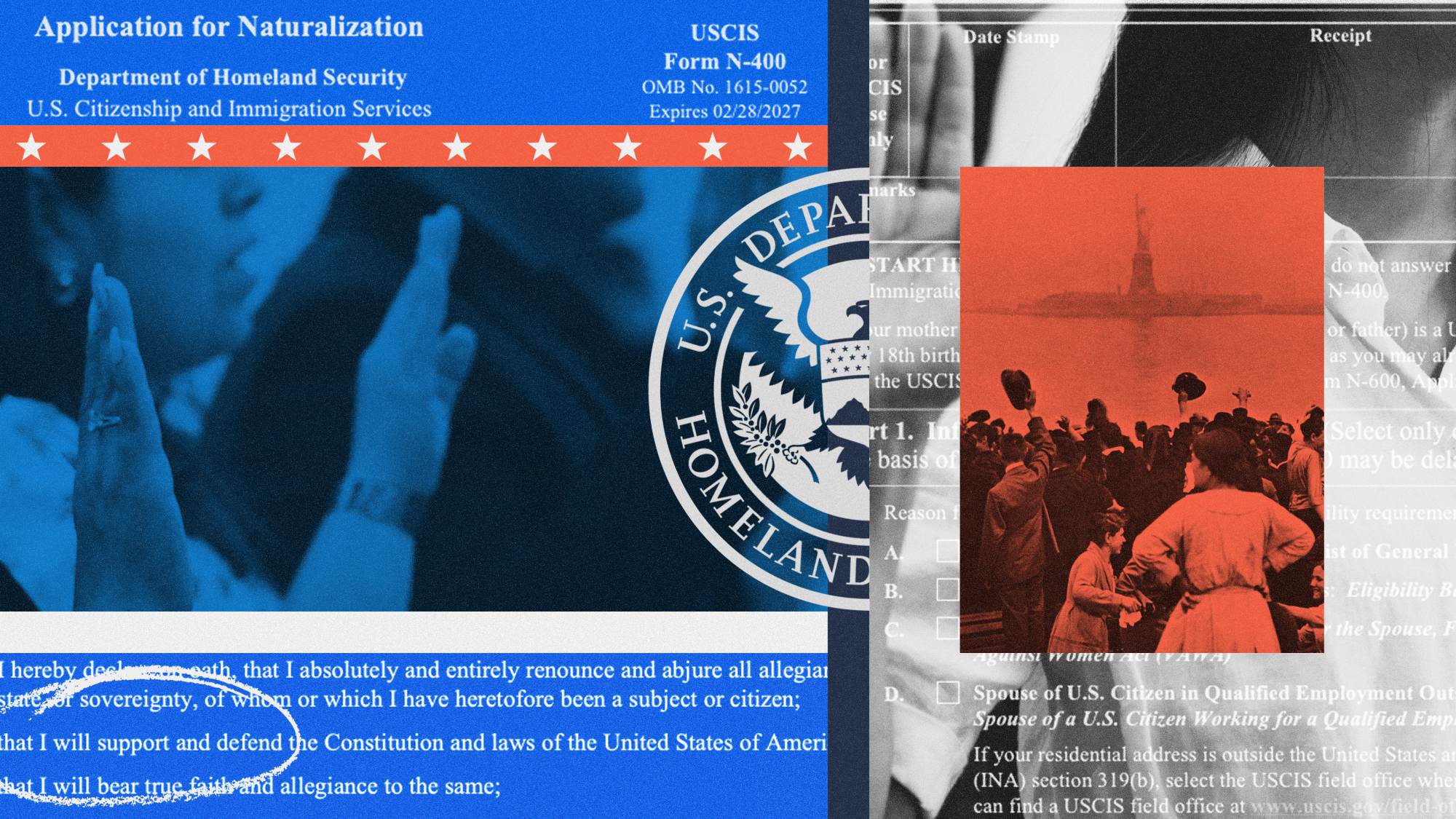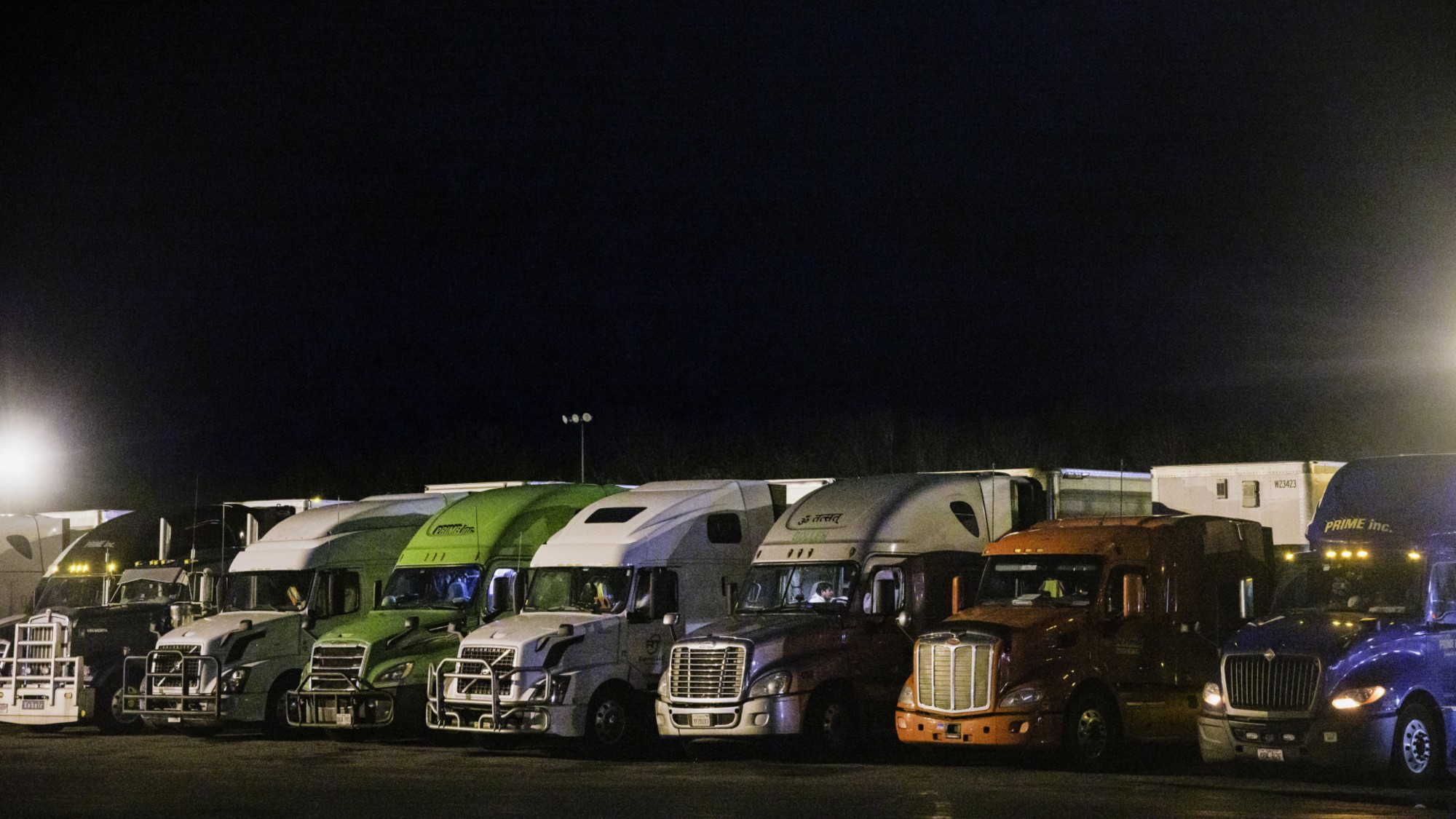The tragedy of the San Gabriel Mission fire
A historic Catholic church was nearly destroyed in a fire. Why isn't anyone talking about it?


It was recently announced that, despite some daft quasi-official hints to the contrary, the spire of Notre-Dame de Paris will be rebuilt as a replica of the 19th-century version that was destroyed in last year's Holy Monday fire. This work will be possible in part thanks to hundreds of millions of dollars in small donations, a great deal of it raised in the United States, where news of the fire was the occasion of widespread grief.
Such generosity should be a cause for rejoicing. But it is hard not to find oneself asking why comparatively little attention is being given to the recent fire at the Mission of St. Gabriel the Archangel in San Gabriel, California, near Pasadena, which nearly destroyed the 250-year-old church. The Cathedral of Our Lady of Paris is more iconic, of course, and more impressive architecturally speaking. But it would hardly be an exaggeration to say that San Gabriel and the other great Spanish missions are as important to the history of California as Notre Dame is to the history of France. The missions remind us that American history — which, in the sense of there being such a country as the United States, they transcend — is a far stranger and more varied thing than most of us like to imagine, a vestige of a land that was once neither white nor Anglo-Saxon nor, especially, Protestant.
As I write this the cause of the fire remains under investigation. While large-scale fires are not exactly unknown in the Golden State, it is difficult to ignore the distinct possibility of arson. San Gabriel was, after all, founded by St. Junípero Serra, the Franciscan missionary frequently styled the "Apostle of California" who was canonized by Pope Francis in 2013. For absurd reasons that betray ignorance of history and of this great saint's own virtuous conduct in particular, mobs have toppled or otherwise desecrated statues of Serra throughout California in recent weeks. On the same day as the blaze at San Gabriel, a church in Florida was set on fire while parishioners were inside awaiting the start of Mass, an act of anti-Catholic terrorism worthy of the worst days of the 19th century. All of this comes amid the backdrop of stories of Catholic statues and landmarks being vandalized, which have become increasingly commonplace while attracting virtually no attention from the mainstream secular media.
Subscribe to The Week
Escape your echo chamber. Get the facts behind the news, plus analysis from multiple perspectives.

Sign up for The Week's Free Newsletters
From our morning news briefing to a weekly Good News Newsletter, get the best of The Week delivered directly to your inbox.
From our morning news briefing to a weekly Good News Newsletter, get the best of The Week delivered directly to your inbox.
I hope (if that verb can be properly applied to anything involving the destruction of Church property) that last week's fire in San Gabriel proves to be an unfortunate accident. Among other things it would serve as a reminder to Catholics in the United States that our history should be cherished regardless of whether it is under attack. Serious restorative work was already underway at the mission before the fire, and it would be nice to think that the funds now being raised to support it across the country would have been forthcoming even if there were not widespread suspicions of arson.
This is not meant to sound pollyannish. In a country in which membership in such anodyne charitable organizations as the Knights of Columbus is considered an obstacle to holding public office by mainstream politicians, and in which it is considered unremarkable for senators to refer to belief in the basic tenets of our religion as a matter "of concern," Catholics know where we are. Instead of rage, we should respond to hatred with love, secure in our belief that the gates of hell will not ultimately prevail against the Church founded by Christ upon St. Peter. The survival of the Church against all odds is not only a promise of our religion; it has been widely predicted even by thinkers and historians fundamentally at odds with her. As historian Thomas Babington Macaulay put it in his famous essay on Ranke's History of the Popes:
[The Catholic Church] saw the commencement of all the governments and of all the ecclesiastical establishments that now exist in the world; and we feel no assurance that she is not destined to see the end of them all. She was great and respected before the Saxon had set foot on Britain, before the Frank had passed the Rhine, when Grecian eloquence still flourished at Antioch, when idols were still worshipped in the temple of Mecca. And she may still exist in undiminished vigour when some traveller from New Zealand shall, in the midst of a vast solitude, take his stand on a broken arch of London Bridge to sketch the ruins of St. Paul's. [Macaulay, Critical and Historical Essays]
The tragedy of the recent fire should not blind us to the fact that the Holy Sacrifice of Mass may well be offered and the prayers of Our Lady recited at San Gabriel long after the surrounding country is returned to the same wild state at which St. Junípero Serra arrived long before the first sentence of the Declaration of Independence was composed.
Want more essential commentary and analysis like this delivered straight to your inbox? Sign up for The Week's "Today's best articles" newsletter here.
A free daily email with the biggest news stories of the day – and the best features from TheWeek.com
Matthew Walther is a national correspondent at The Week. His work has also appeared in First Things, The Spectator of London, The Catholic Herald, National Review, and other publications. He is currently writing a biography of the Rev. Montague Summers. He is also a Robert Novak Journalism Fellow.
-
 How would the Trump administration denaturalize immigrant citizens?
How would the Trump administration denaturalize immigrant citizens?Today's Big Question Using civil courts lowers the burden of proof
-
 Who has to pay the estate tax?
Who has to pay the estate tax?the explainer Trump's new bill will permanently shift who owes federal estate tax
-
 'Trucking is a dangerous business'
'Trucking is a dangerous business'Instant Opinion Opinion, comment and editorials of the day
